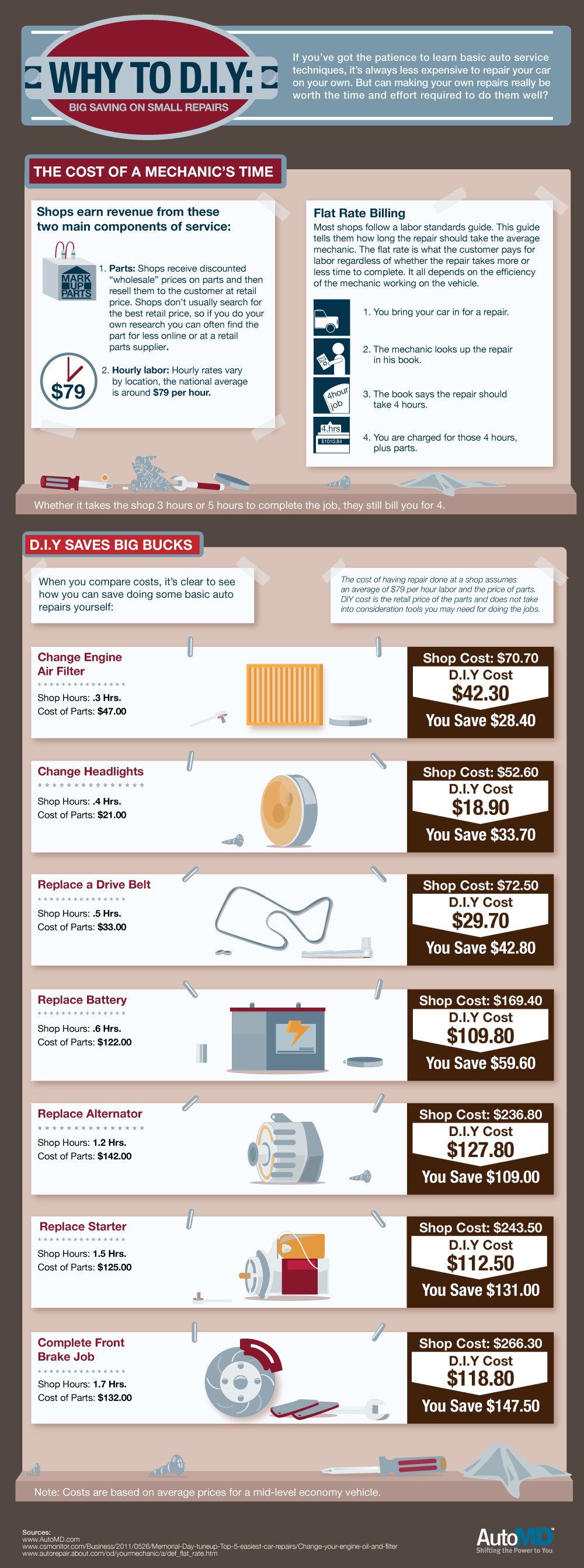Evaluating Your Cars And Truck'S Caution Indicators: What They Truly Share
Evaluating Your Cars And Truck'S Caution Indicators: What They Truly Share
Blog Article
Short Article Developed By-Higgins Corbett
When you lag the wheel, those beautiful caution lights on your control panel can be a little bit bewildering. Do you recognize what they're trying to inform you concerning your auto's wellness? Recognizing the relevance of these lights is vital for your safety and security and the longevity of your automobile. So, the next time one of those lights appears, would not you intend to decode its message accurately and take the necessary actions to address it?
Common Caution Lighting and Interpretations
Recognize typical caution lights in your car and understand their significances to make sure risk-free driving.
One of the most regular warning lights consist of the check engine light, which signals problems with the engine or exhausts system. If this light comes on, it's critical to have your automobile inspected immediately.
The oil stress advising light shows low oil stress, calling for instant attention to stop engine damages.
A blinking battery light could suggest a malfunctioning billing system, potentially leaving you stranded otherwise attended to.
The tire stress surveillance system (TPMS) light signals you to reduced tire stress, impacting car stability and fuel performance. Overlooking this might result in unsafe driving problems.
The ABS light shows an issue with the anti-lock stopping system, compromising your capacity to quit promptly in emergencies.
Lastly, the coolant temperature warning light warns of engine getting too hot, which can result in serious damages if not fixed quickly.
Understanding these usual warning lights will certainly aid you deal with issues quickly and maintain secure driving conditions.
Significance of Prompt Interest
Recognizing the typical warning lights in your auto is just the primary step; the importance of without delay attending to these cautions can't be emphasized sufficient to guarantee your safety and security when traveling.
When a warning light illuminates on your control panel, it's your automobile's method of interacting a potential problem that requires attention. Ignoring these warnings can result in much more extreme problems down the road, jeopardizing your safety and potentially costing you extra out of commission.
Prompt focus to alerting lights can stop breakdowns and mishaps. As an example, a blinking check engine light can indicate a misfire that, if left unattended, can trigger damage to the catalytic converter. Resolving this without delay can conserve you from a costly repair work.
In a similar way, a brake system warning light could signify low brake liquid or used brake pads, important parts for your safety when driving.
Do It Yourself Troubleshooting Tips
If you discover a caution light on your dashboard, there are a couple of DIY repairing tips you can try prior to seeking professional help.
The primary step is to consult your vehicle's handbook to recognize what the certain warning light shows. In some cases the problem can be as straightforward as a loose gas cap setting off the check engine light. Tightening up the gas cap may deal with the issue.
recommended is a low battery, which can activate various advising lights. Examining the battery connections for deterioration and guaranteeing they're secure could repair the problem.
If a caution light persists, you can attempt resetting it by separating the car's battery for a couple of mins and then reconnecting it. In Suggested Web site , inspecting your car's liquid degrees, such as oil, coolant, and brake liquid, can assist troubleshoot alerting lights associated with these systems.
Final thought
Finally, understanding your automobile's warning lights is important for keeping your lorry running efficiently and securely. By quickly dealing with these informs and knowing what they mean, you can prevent costly fixings and possible malfunctions.
Remember to consult your car's guidebook for specific information on each alerting light and do something about it accordingly to guarantee a trouble-free driving experience.
Stay informed, stay risk-free when traveling!
